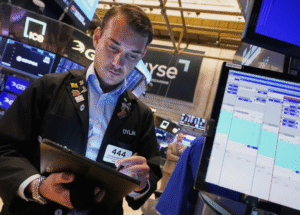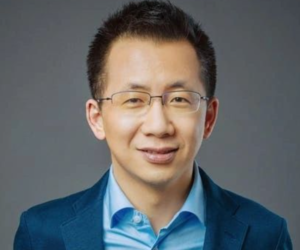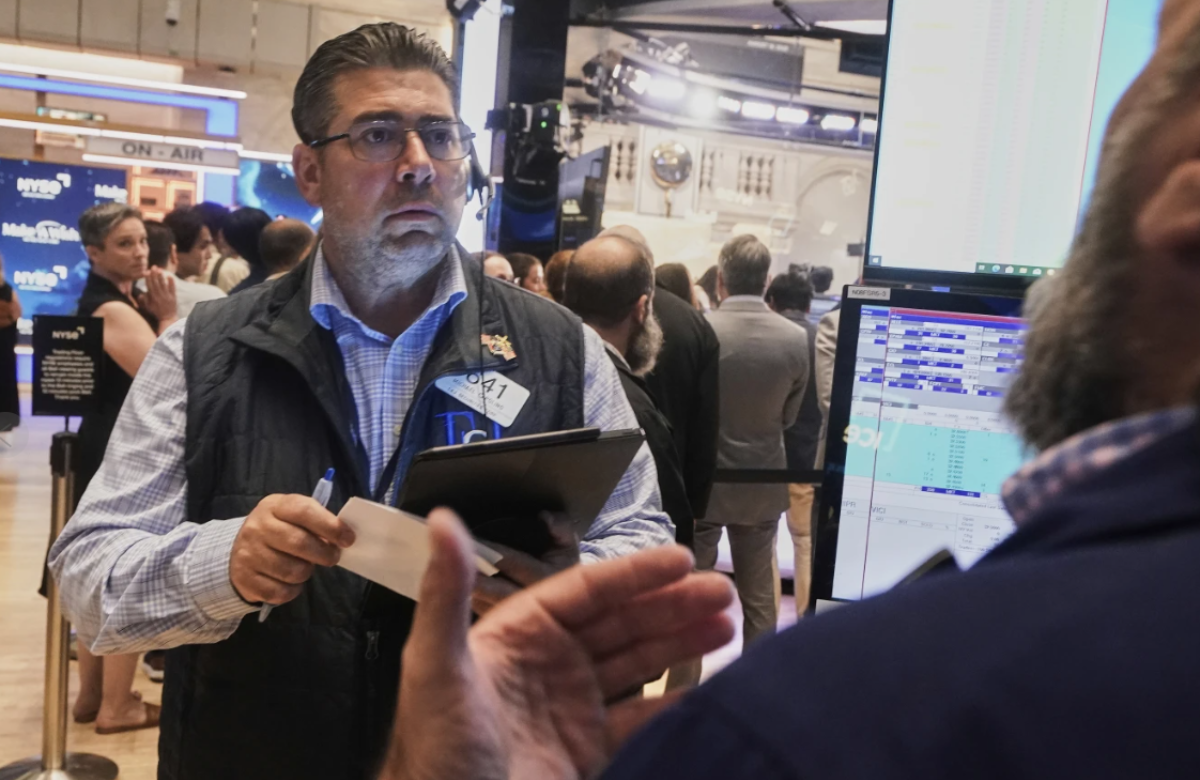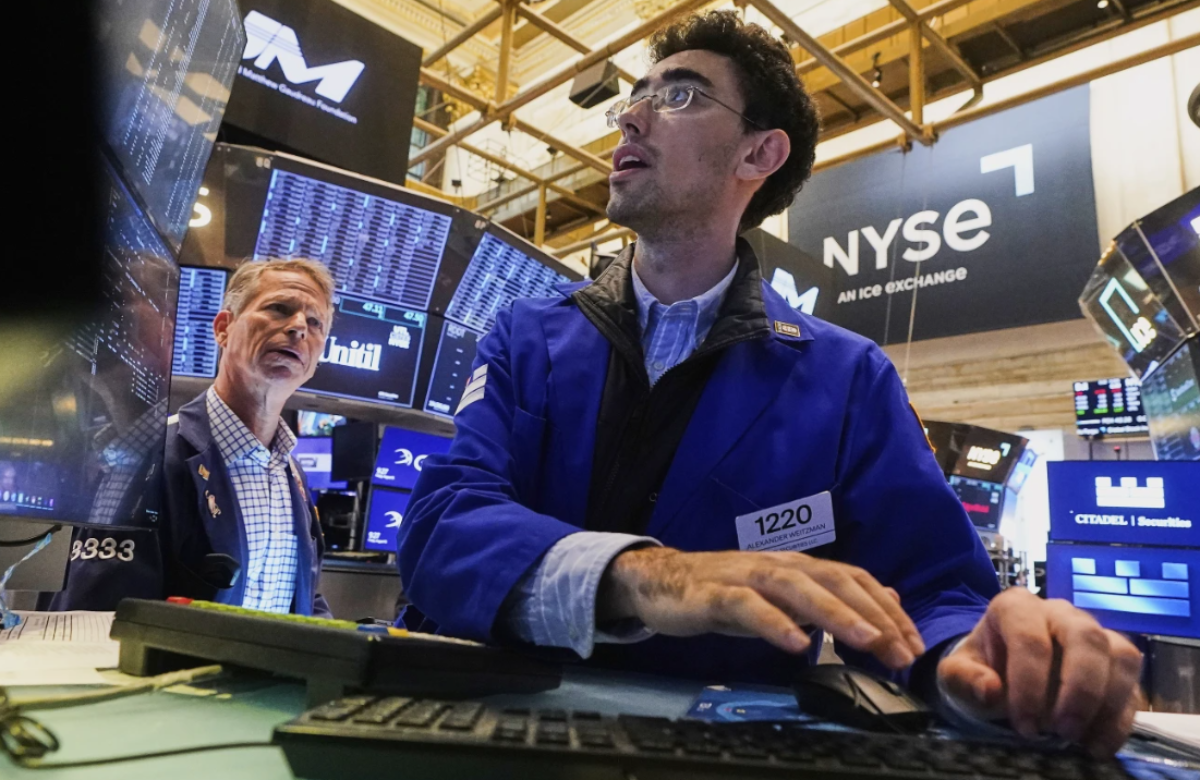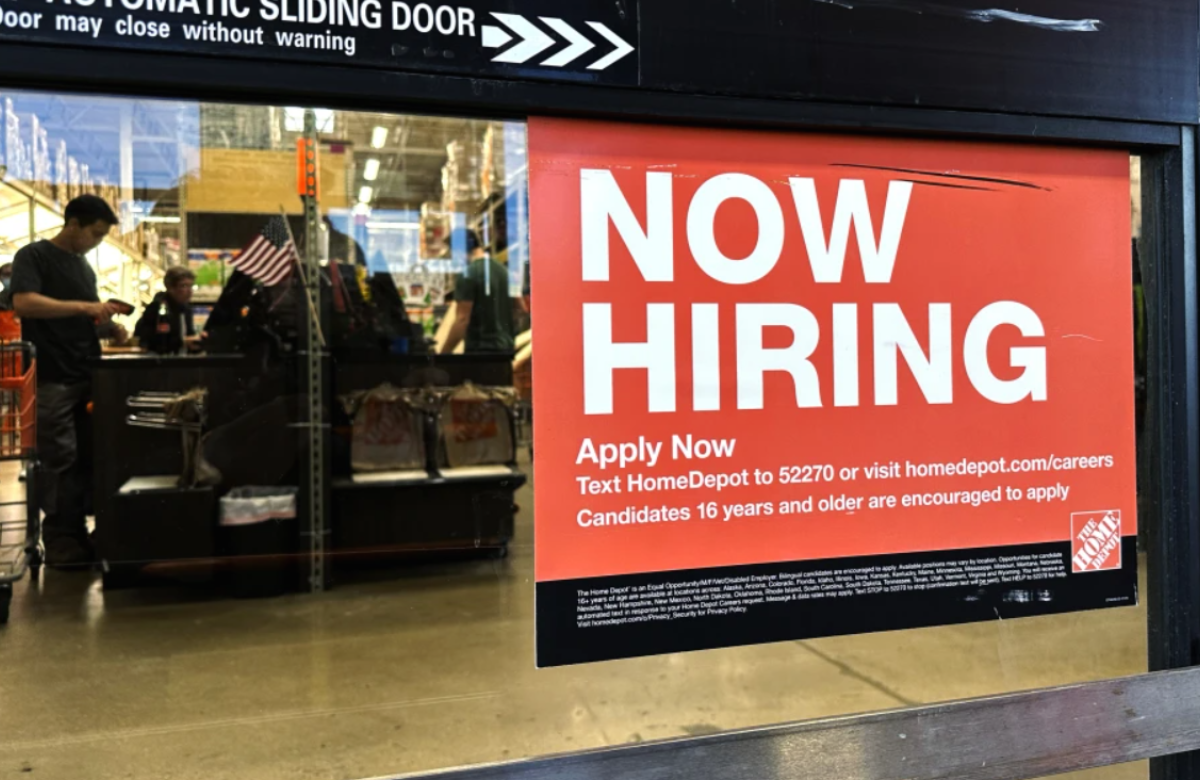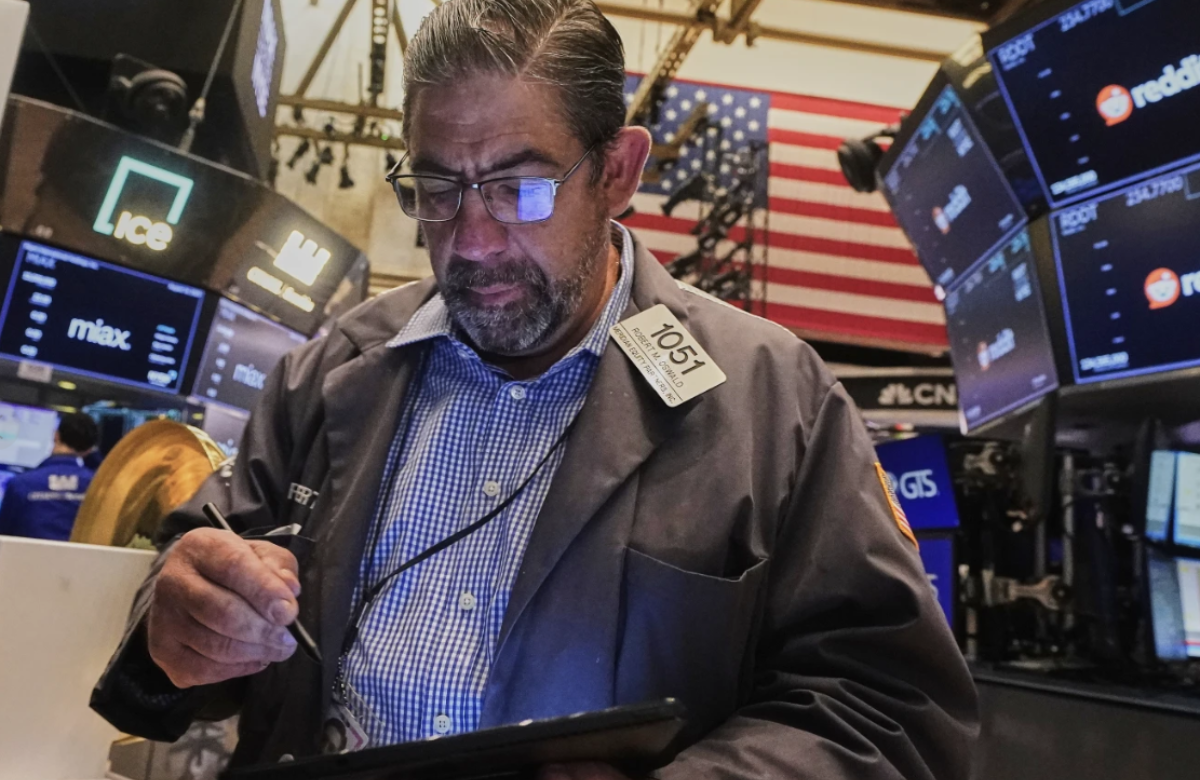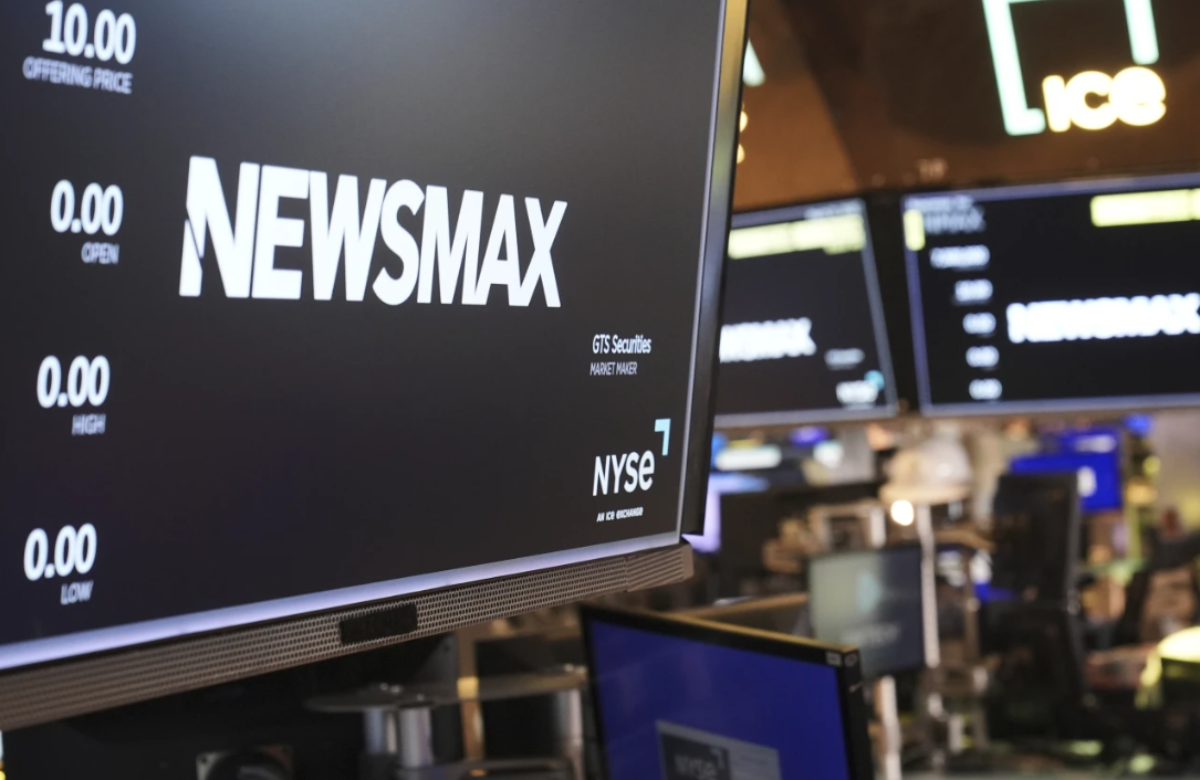A Chinese tech startup, DeepSeek, has caused a stir in the stock market and sparked debates about the global competition in AI development between the U.S. and China. Their AI chatbot became the most downloaded free app on Apple’s iPhone store on Monday, generating significant attention as it emerged as a potential rival to ChatGPT.
This has raised concerns among some U.S. tech industry experts, who worry that DeepSeek has achieved significant progress in generative AI technology at a fraction of the cost compared to American companies. If this is true, it casts doubt on the enormous investments that U.S. tech firms have committed to for building data centers and developing the computer chips needed to advance AI.
However, there are also concerns that the hype surrounding DeepSeek’s technological progress may be overblown, leading to confusion about the true extent of the company’s advancements.
Stacy Rasgon, a Bernstein analyst who tracks the semiconductor industry, weighed in on the hype surrounding DeepSeek’s AI models, calling them impressive but not revolutionary. He noted that the technology isn’t based on any secret or groundbreaking innovations. “These are approaches that everyone in the field is experimenting with,” Rasgon said, suggesting that Wall Street’s reaction to the company’s progress might be exaggerated.
What is DeepSeek?
DeepSeek, a startup founded in 2023 in Hangzhou, China, released its first AI large language model later that same year. The company’s CEO, Liang Wenfeng, previously co-founded High-Flyer, one of China’s leading hedge funds focused on AI-driven quantitative trading. By 2022, High-Flyer had accumulated 10,000 high-performance A100 chips from California-based Nvidia, which are used in AI systems. However, the U.S. soon imposed restrictions on selling those chips to China.
DeepSeek has stated that its recent models were built using Nvidia’s H800 chips, which are less powerful but still not subject to the U.S. restrictions. This move highlights the idea that cutting-edge AI research doesn’t necessarily require the most advanced hardware.
The startup gained more attention last month when it introduced a new AI model that it claimed could compete with those from U.S. companies like OpenAI’s ChatGPT, but at a significantly lower cost for using Nvidia chips. The chatbot became more widely available when it was listed on both the Apple and Google app stores earlier this year.
The real stir began after DeepSeek released a research paper last week, coinciding with President Donald Trump’s inauguration. The paper introduced an AI model called R1, which demonstrated advanced “reasoning” abilities, such as reconsidering its approach to math problems. It was also notably cheaper than OpenAI’s similar model, o1. The unexpected pricing of DeepSeek’s model caused concern, with Rasgon admitting that while he didn’t know the exact economics behind it, the pricing strategy had unsettled many in the industry.
The ‘Sputnik’ backdrop
The drama surrounding DeepSeek’s AI capabilities has sparked a larger debate in the U.S. about how to compete with China in the AI space. Venture capitalist Marc Andreessen described DeepSeek’s R1 model as “AI’s Sputnik moment,” referencing the 1957 Soviet satellite launch that ignited the Cold War space race between the U.S. and the USSR. Andreessen, who has advised former President Trump on tech policy, has warned that overregulating AI in the U.S. could hinder American companies and give China an advantage.
The focus on DeepSeek also raises concerns about U.S. foreign policy, particularly its strategy to restrict the sale of American-designed AI chips to China. Some experts believe that DeepSeek’s timing is politically motivated. Gregory Allen, director of the Wadhwani AI Center at the Center for Strategic and International Studies, suggested that while DeepSeek’s technological progress is real, the release of their research paper was likely timed to coincide with political tensions, much like Chinese company Huawei’s phone launch during U.S. discussions on export controls in 2023.
Gregory Allen pointed out that part of China’s current foreign policy goal is to demonstrate that U.S. export controls on technology, like AI chips, are ineffective or even counterproductive.
On Monday, former President Trump weighed in on DeepSeek’s breakthrough, calling it a positive development because it shows that significant savings can be made without sacrificing performance. Speaking to House Republicans in Miami, Trump praised the news, stating that if it’s true, U.S. industries could achieve the same results without the massive spending. He referred to it as a “wake-up call” for American industries to stay focused and competitive.
Trump also signed an executive order last week directing his administration to “identify and eliminate loopholes” in existing export controls, signaling that he intends to strengthen and continue the approach started under President Biden.
DeepSeek’s ability to make progress in AI without the same level of spending could challenge the massive $500 billion AI investment plans that OpenAI, Oracle, and SoftBank had been promoting, which Trump had previously highlighted at the White House.
On Monday, Nvidia’s stock fell by 17%. However, the company released a statement acknowledging DeepSeek’s achievement, calling it a “great AI advancement” that used “widely-available models and compute resources” compliant with export control regulations.
What makes DeepSeek different?
DeepSeek stands out from competitors like OpenAI because its models are “open source,” meaning the core components are available for anyone to access and modify. However, the company has not revealed the data used to train the models.
What’s gained the most attention about DeepSeek’s R1 model is its demonstration of what Nvidia calls “Test Time Scaling.” This refers to AI models showing their reasoning process and using that information to improve further, without needing new data to train on.
Lennart Heim, a researcher at Rand Corp., described it as the AI “thinking out loud.” OpenAI’s reasoning models, starting with o1, also exhibit this capability, and Heim believes other U.S. competitors like Anthropic and Google likely have similar models that haven’t been made public.
What’s particularly noteworthy, according to Heim, is that this is the first time a Chinese company has come so close to matching these advancements in such a short amount of time. “I used to think OpenAI was the leader, the king of the hill, and no one could catch up. It turns out that’s not entirely true,” Heim said.

